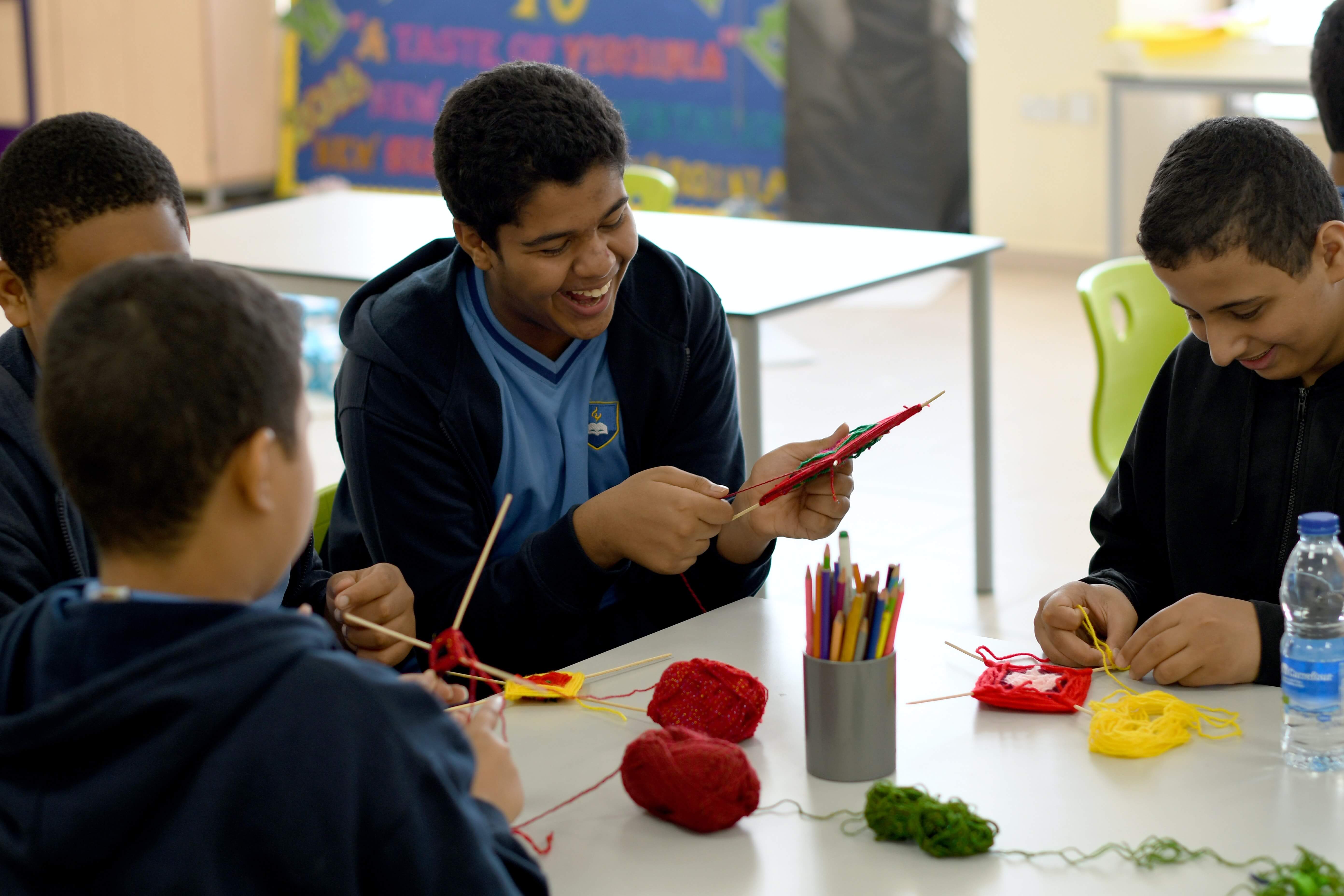


As a seasoned mindfulness practitioner with experience founding and leading innovative mindfulness programs, Christy Cassisa knows a thing or two about how a regular practice can support our well-being! In this two-part series, Christy shares how we can build a daily mindfulness practice, plus an approachable way to fully integrate mindfulness into your life.
Mindfulness is a skill that can be learned and strengthened. Over time, and with regular practice, it becomes less of a “skill” or a “tool” to be used when you think of it, and becomes more of a way of being that is part of who you are.
Thanks to neuroplasticity, the ability of our brains to mold and grow in response to our experiences, we can build new neural networks – that’s right, even as “old dogs” we can learn new tricks! When we practice, we strengthen these new pathways, making them deeper and more ingrained, which then makes it easier for us to pay attention, regulate our emotions, and even reduce our stress and reactivity overall.


Neurons that fire together, wire together
One way to think of our brains is the analogy of a wagon trail full of deep ruts. When we rush from task to task, multi-tasking, and neglecting to notice our reactions to events in our lives, we fire those neural pathways – like wearing grooves into our brains. Many of us have lived this way for a long long time, digging those ruts deep!
These patterns then become the ones we habitually return to, over and over. Daily mindfulness practice helps us redirect our wheels to a more healthy and helpful wagon trail by wiring together patterns of attention and calm. The more we practice, the more we shape our ability to choose the best trail for the moment.
Building our mindfulness muscle
Another way to think of daily mindfulness practice is that it’s like strength training for your brain. When we exercise – lifting weights, going for a run or a swim, practicing yoga – we are working our muscles, making them stronger over time; so that one day, when we’re faced with three flights of stairs, our muscles are prepared and strong, ready to leap up those stairs with ease.
The same is true with mindfulness. Being more mindful and aware in our day-to-day lives happens when we are “strong” in our mindfulness skills. As with exercise, mindfulness strength grows when we practice. But unlike exercise, there’s never any soreness the next day!
We know from decades of research that the consistency of practice is what really matters. Keeping that mindful muscle working regularly leads to the most benefits, such as increased grades, reduced behavioral interventions, reduced stress, and even gaining up to 20 minutes of time back in the classroom. Our 5-10 minute practicesare perfectly designed for simplicity, ease of use, and effectiveness. Just press play, close your eyes and listen.
Read the next post: Formal vs. Informal Mindfulness Practice: How You Can Use Both to Become Present and Aware